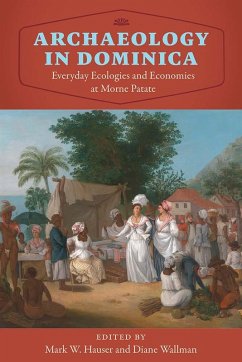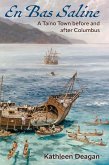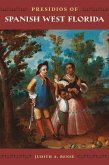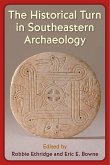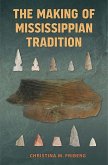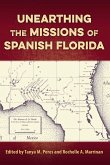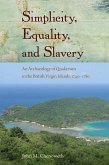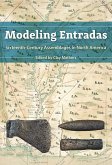Archaeology in Dominica examines the everyday lives of enslaved and free workers at Morne Patate, an eighteenth- and nineteenth-century Caribbean plantation that produced sugar, coffee, and provisions. Focusing on household archaeology, this volume helps document the underrepresented history of slavery and colonialism on the edge of the British Empire.
Contributors discuss how enslaved and free people were entangled in shifting economic and ecological systems during the plantation's 200-year history, most notably the introduction of sugarcane as an export commodity. Analyzing historical records, the landscape geography of the plantation, and material remains from the residences of laborers, the authors synthesize extensive data from this site and compare it to that of other excavations across the Eastern Caribbean. Using historical archaeology to investigate the political ecology of Morne Patate opens up a deeper understanding of the environmental legacies of colonial empires, as well as the long-term impacts of plantation agriculture on the Caribbean region and its people.
Contributors: Lynsey A. Bates Lindsay Bloch Elizabeth Bollwerk Samantha Ellens Jillian E. Galle Khadene K. Harris Mark W. Hauser Lennox Honychurch William F. Keegan Tessa Murphy Fraser D. Neiman Sarah Oas Diane Wallman
A volume in the Florida Museum of Natural History: Ripley P. Bullen Series
Contributors discuss how enslaved and free people were entangled in shifting economic and ecological systems during the plantation's 200-year history, most notably the introduction of sugarcane as an export commodity. Analyzing historical records, the landscape geography of the plantation, and material remains from the residences of laborers, the authors synthesize extensive data from this site and compare it to that of other excavations across the Eastern Caribbean. Using historical archaeology to investigate the political ecology of Morne Patate opens up a deeper understanding of the environmental legacies of colonial empires, as well as the long-term impacts of plantation agriculture on the Caribbean region and its people.
Contributors: Lynsey A. Bates Lindsay Bloch Elizabeth Bollwerk Samantha Ellens Jillian E. Galle Khadene K. Harris Mark W. Hauser Lennox Honychurch William F. Keegan Tessa Murphy Fraser D. Neiman Sarah Oas Diane Wallman
A volume in the Florida Museum of Natural History: Ripley P. Bullen Series
Dieser Download kann aus rechtlichen Gründen nur mit Rechnungsadresse in A, D ausgeliefert werden.

